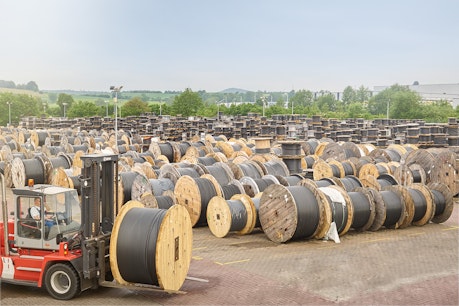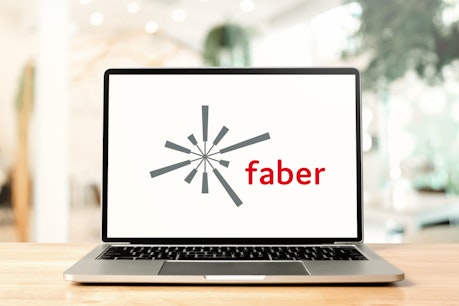Optic cables (fibre optic) cables
-
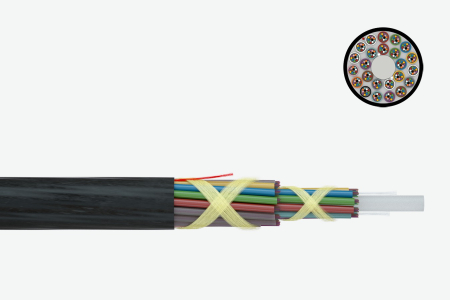
Optical mini cables
As a connection between PoP and distribution point. The installation is carried out by blowing into micro pipes or micro pipe assemblies up to 16 mm (single allocation). Monomode (E9) fibres of type G.657A1 are used.
-
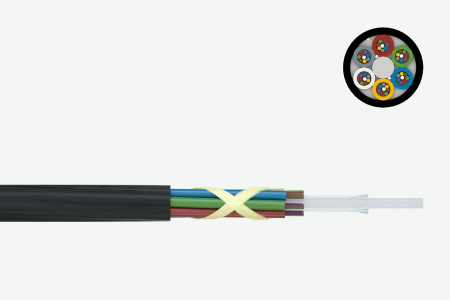
Optical fibre micro cables
As a connection between distribution point and (residential) building. Installation is carried out by blowing into micro-pipes or micro-pipe assemblies up to 6 mm (single allocation). Monomode (E9) fibres of type G.657A1/A2 are used.
-
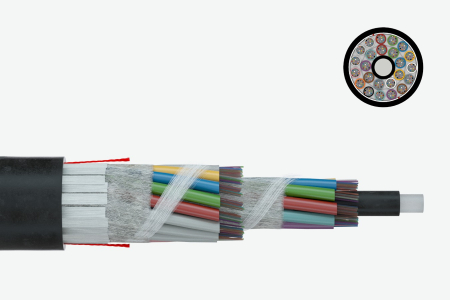
Optical fibre cables - standard - outdoor
Fibre optic cable for outdoor installation and direct earth burial.
-
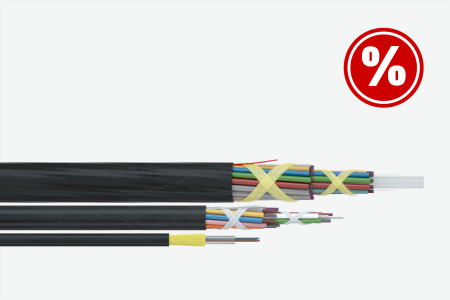
Fibre optic cables sale
Here you will find selected sale items. If required, our sales team will be happy to provide you with the corresponding data sheets and technical data on request. Please send us an e-mail or write to us in the chat.
-
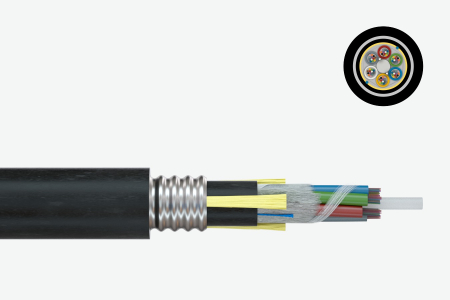
Optical fibre cables - standard - outdoor with metallic rodent protection
Outdoor cable with metallic rodent protection for universal use
-
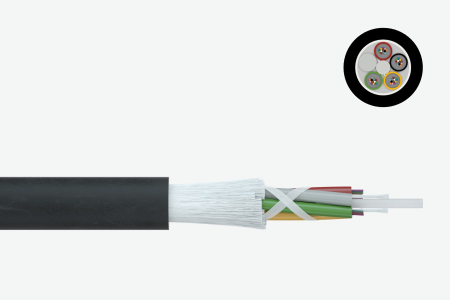
Universal optical fibre cable <br>
External/internal cable for use in empty conduits (external) and for free installation (internal)<br>
-
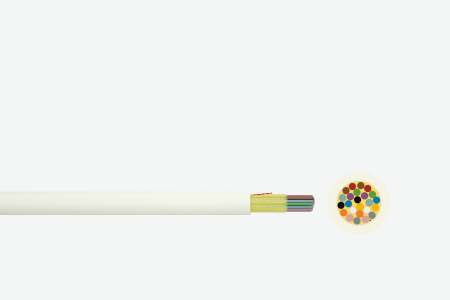
Optical fibre cables - indoor
Indoor cable for use in cable ducts, ducts, and for exposed laying
-
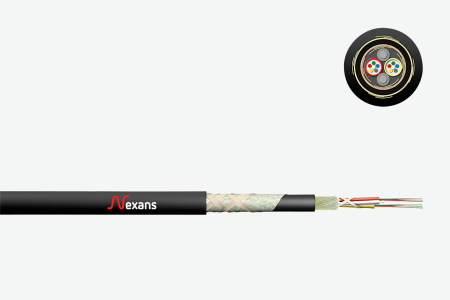
Reeling fibre optic cable
Flexible fibre optic cable for signal and data transmission in crane and conveyor systems with high drum speeds and tensile loads. The cables can be manufactured with singlemode E9/125 and multimode 50/125 or 62.5/125 fibers for specific projects.<br>We
All images shown here are for illustrations and product reference purposes only.
Freight cost extra. Prices plus metal regarding the daily market price.
Things to know about fibre optic cables
What is a fibre optic cable?
Fibre optic cables, or optic cables for short, consist of light conductor fibres able to transmit optical signals as light and/or light signals. If the optic cable is made from glass, it is called glass fibre and/or fibre optic cable.
Which type of fibre optic cable is used, for example fibre optic single-mode or multi-mode cables, depends on the individual area of application. Primarily, fibre optic cables are used as patch cables for transmitting data. Optic cable technology enables data and signal transmission across medium to long distances—it can reliably achieve ranges of several hundred kilometres. The transmission rates of fibre optic cables are in the gigabit—and sometimes even the terabit—range.
Where do fibre optic cables excel?
Compared to standard cables, fibre optic cables excel in a particularly high bandwidth and are interception-proof. Thanks to the density and composition of the material used, connections with fibre optic lines are considerably lighter. Fibre optic cables are also less prone to interference from electric or electro-magnetic fields.
Thanks to their small diameter, fibre optic cables are more sensitive than common copper cables, but also very flexible. Depending on the cable jacket’s composition, its sensitivity is compensated, in particular with fibre optic cables for outdoor use and universal applications.
What speaks for buying optic cables?
Using fibre optic cables as data cables brings a host of benefits with it:
• flexibility
• fast data transmission across long distances
• low susceptibility to interference
• low signal attenuation
• interception-proof
• small wire diameter
• lightweight
• no line resistance
• long useful life
Installing and connecting fibre optic cables
Depending on the fibre optic cable type, the cables can be used indoors and outdoors. Some fibre optic cables available in Faber’s online shop are ideally suitable because of their compact design for installation in ductwork, while other fibre optic cables can be directly installed underground.
Their low susceptibility to interference enables easy installation of optic cables also with other cable types as neither electric nor electro-magnetic fields impact the fibre optic cable’s performance. Fibre optic installation cables are flexible to use, including in older installations.
For more detailed information about fibre optic cable design and available fibres (multi-mode fibres or mono-mode fibres) as well as for fibre optic cable installation, please see the data sheets and installation instructions for the individual cables and lines.
Connecting multiple fibre optic cables is done by splicing or by using connectors. Splicing means that two fibre optic cables are coupled without using connectors. The connector version employs so-called pigtails, an optic cable assembled with a connector.
